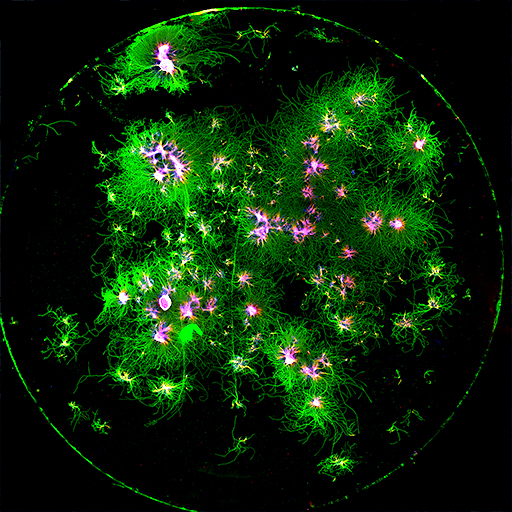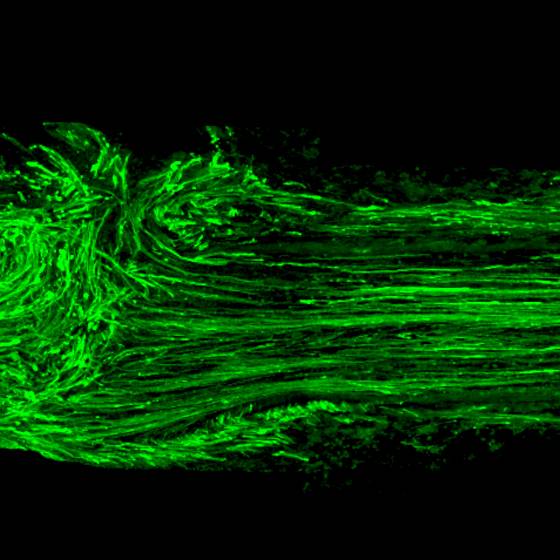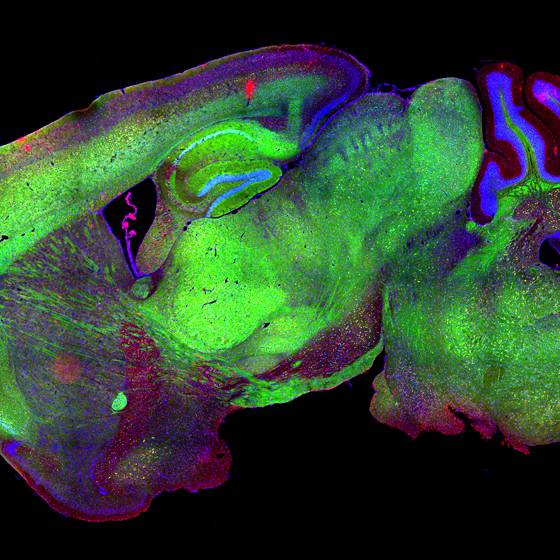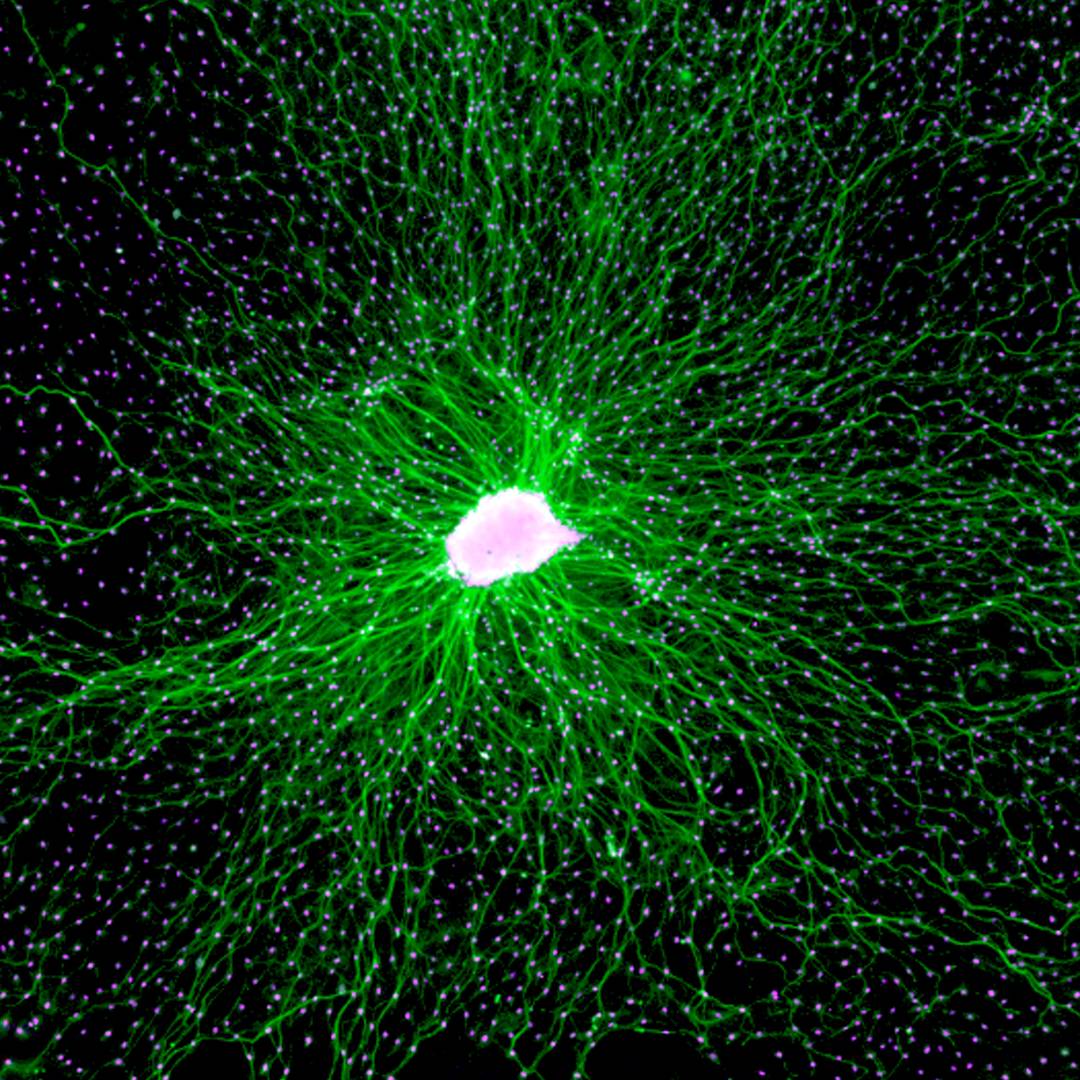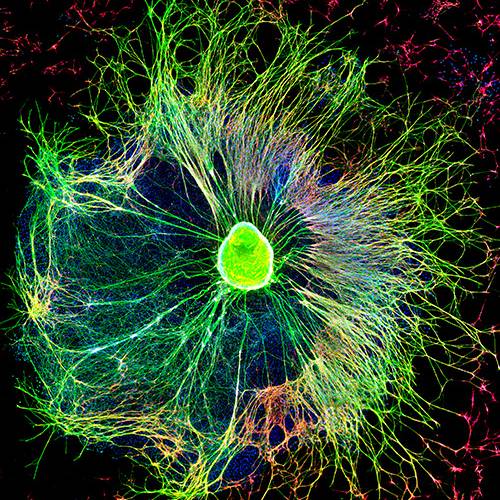Axonal Degeneration as a target for neuroprotection
Destruction programs are cellular mechanisms that have survival value when they operate under physiological control, but their malfunction could be deleterious for the organism. Apoptosis, or programmed cell death, is a well-known physiological destruction mechanism most apparent during development but persisting throughout the organism’s life. Other destruction programs are emerging as physiological processes that may not terminate in the destruction of the whole cell but only of restricted cellular domains. In the case of neurons, pruning of exuberant branches of terminal arborizations and degeneration of axons severed from their cell bodies are outstanding examples. Importantly, axonal degeneration is an early event in neurodegenerative condition including Alzheimer´s and Parkinson disease, as well as peripheral neuropathies. We are interested to define molecular players in the process of axonal degeneration to find therapeutic targets for neuroprotection.
Golgi staining of a mouse hippocampal section, with this technique, sparse neuronal labelling is obtained, which allows detailed analysis of individual neurons.

The degeneration of axons constitutes a salient feature shared by several neurodegenerative diseases that contributes to neuronal dysfunction and cell death. To date, the precise molecular and cellular mechanisms of axonal degeneration are under intense investigation. The morphological evidence indicates that axon degeneration as a consequence of aging and neurodegenerative diseases takes place in a retrograde fashion also known as dying back degeneration, which precedes cell death of the neuronal soma. Axon degeneration shares several characteristics with cell death by activation of the necroptotic signaling pathway, including mitochondrial dysfunction, ROS production, and intracellular calcium increase, and we have found that necroptosis inhibition by genetic or pharmacological means delays axonal degeneration in neurons from the peripheral and central nervous systems, as well as in model of Alzheimer´s and Parkinson Disease.
People involved
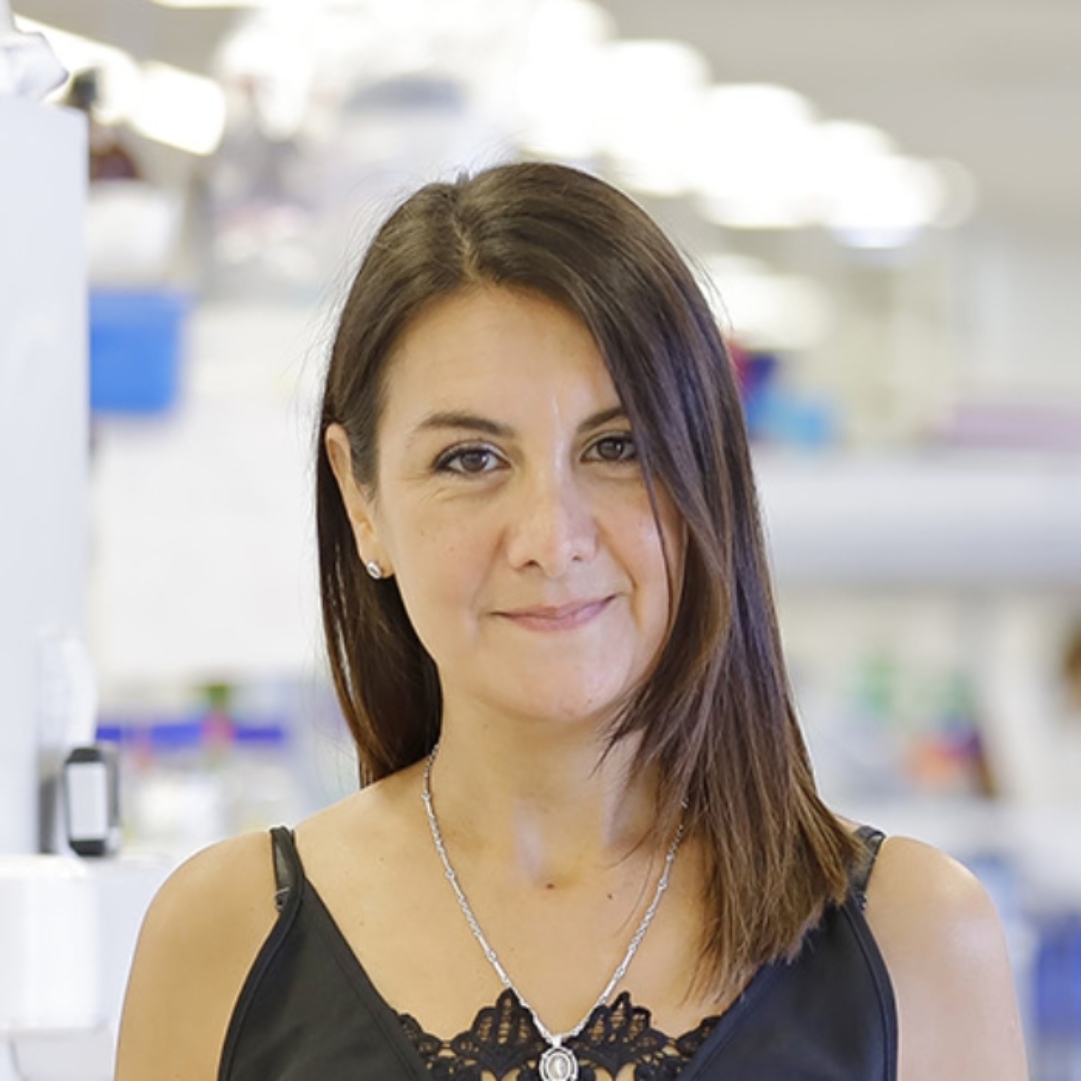
Macarena Arrazola
PI collaborator

PhD in Biological Sciences from the Catholic University of Chile. Studying the contribution of necroptosis in the age-associated axonal degeneration of the hippocampus, and the impact of using pharmacological approaches to revert neuronal dysfunction and cognitive impairment during aging, proposing necroptosis as an attractive target for the future development of geroprotective tools to treat age-related disabilities.

Daniela Rebolledo
Senior Research Assitant

BI am a Biochemist from Pontificia Universidad Católica de Chile (PUC) and PhD in Cell and Molecular Biology from the same university. My PhD thesis research was performed at the Physiology and Biophysics department, University of Washington. My research has focused on the physiology of the neuromuscular system and the pathological mechanisms behind neuromuscular disorders of diverse etiology.

Laura Gomez
Research Assitant

Medical Technologist from the U. Mayor. With experience in histological techniques, immunohistochemistry, immunofluorescence, biochemistry and molecular biology techniques. I am currently working on the role of RIPK3 in axonal degeneration in genetic models of Parkinson’s Disease , through Michael J. Fox’s project.

Rodrigo Leiva
Research Assitant

B.Sc(hons) degree in Neuroscience from the University of Glasgow and M.Sc in Integrative Neuroscience from the University of Edinburgh. I’m currently working on the role of axonal necroptosis and inflammation in the dopaminergic neurons of the nigrostriatal pathway in Parkinson’s Disease to assess it as a potential therapeutic target through the inhibition of RIPK3.
Related Publications
octubre 5, 2021
BAX inhibitor-1 regulates autophagy by controlling the IRE1α branch of the unfolded protein response.
Castillo K, Rojas-Rivera D, Lisbona F, Caballero B, Nassif M, Court FA, Schuck S, Ibar C, Walter P, Sierralta J, Glavic A, Hetz C.
EMBO J. 2017 Jun 1;36(11):1640. doi: 10.15252/embj.201797020.
PMID: 28572284
PUBLICATIONSReviewNervous System FxPNS
octubre 5, 2021
Schwann Cell and Axon: An Interlaced Unit-From Action Potential to Phenotype Expression.
Court FA, Alvarez J.
Adv Exp Med Biol. 2016;949:183-201. doi: 10.1007/978-3-319-40764-7_9.
PMID: 27714690
PUBLICATIONSReviewNervous System Fx
octubre 5, 2021
Origin of Axonal Proteins: Is the Axon-Schwann Cell Unit a Functional Syncytium?
López-Leal R, Alvarez J, Court FA.
Cytoskeleton (Hoboken). 2016 Oct;73(10):629-639. doi: 10.1002/cm.21319. Epub 2016 Sep 10.
PMID: 27490284
PUBLICATIONSDataPNSNeuroRegeneration
octubre 5, 2021
Activation of the unfolded protein response promotes axonal regeneration after peripheral nerve injury.
Oñate M, Catenaccio A, Martínez G, Armentano D, Parsons G, Kerr B, Hetz C, Court FA.
Sci Rep. 2016 Feb 24;6:21709. doi: 10.1038/srep21709.
PMID: 26906090
Related News
Científicos U. Mayor lideran equipo que logró mejorar la memoria de un modelo animal de Alzheimer
abril 14, 2022
Cerebro visto mediante microscopía de fluorescencia. Crédito: Macarena Arrazola, Centro de Biología Integrativa Universidad Mayor. Investigadores de Chile, España y EE.UU, encabezados por el Dr.…
Investigadores jóvenes de la Universidad Mayor se adjudican 13 nuevos proyectos FONDECYT
enero 17, 2022
La Agencia Nacional de Investigación y Desarrollo (ANID) dio a conocer los resultados de los concursos Fondecyt Iniciación y Fondecyt Postdoctorado 2022 en los que la U. Mayor consiguió…




